Treasure Valued at $1 Billion Discovered in 400-Year-Old Shipwreck Now on Display in New York
More than 400 years ago, a ship carrying countless jewels, gold, and riches wrecked about 70 miles off the coast of Key West, Florida. For decades, people tried to obtain the vast riches that were aboard the ship — but to no avail.
Now, after many of these prized possessions were discovered in the modern age, some of these treasures will be shown to the public.
The History of the Most Valuable Shipwreck in the World
The ship at the center of this story is the Nuestra Señora de Atocha. Owned by King Philip IV of Spain, this ship took off from Havana Cuba in September of 1622.

Source: Public Domain/Wikimedia Commons
The ship carried 265 people. It also held a large amount of jewels and valuables from different parts of the New World, such as from Mexico, Columbia, Peru, and Venezuela. Everything from gold, jewels, silver, and tobacco was on this ship.
An Immense Amount of Treasure
It reportedly took about two months for all of this cargo to be put on the ship before takeoff. On top of the expensive cargo the ship held, many passengers were wealthy merchants with their own personal — and expensive — jewels on them.
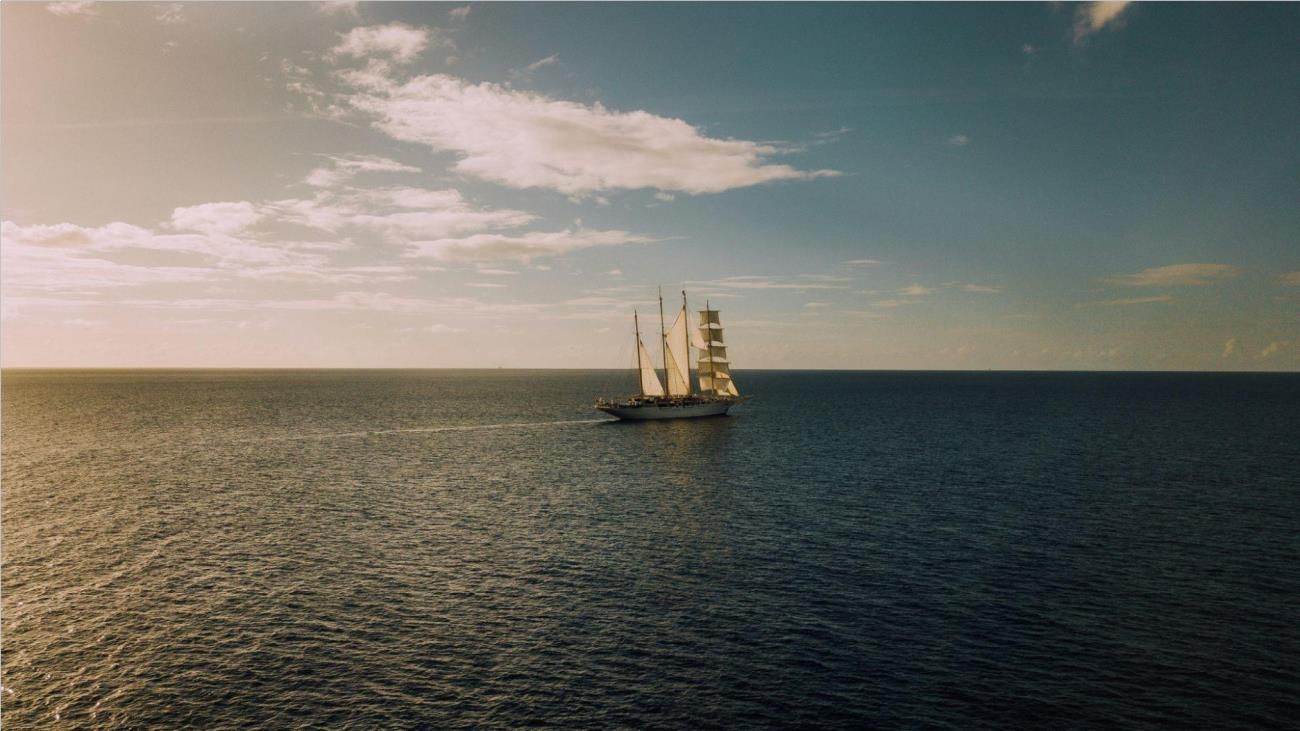
Source: Drew Darby/Unsplash
By looking at ship records, experts believe that this ship held about $1.1 billion worth of treasures by today’s standards. As a result, this shipwreck is often called the most valuable shipwreck in the world.
A Disastrous Shipwreck
Full of these valuable items, the Nuestra Señora de Atocha headed for Spain. Unfortunately, the ship didn’t get too far when it came upon a hurricane. The hurricane destroyed the ship and killed hundreds of the passengers.
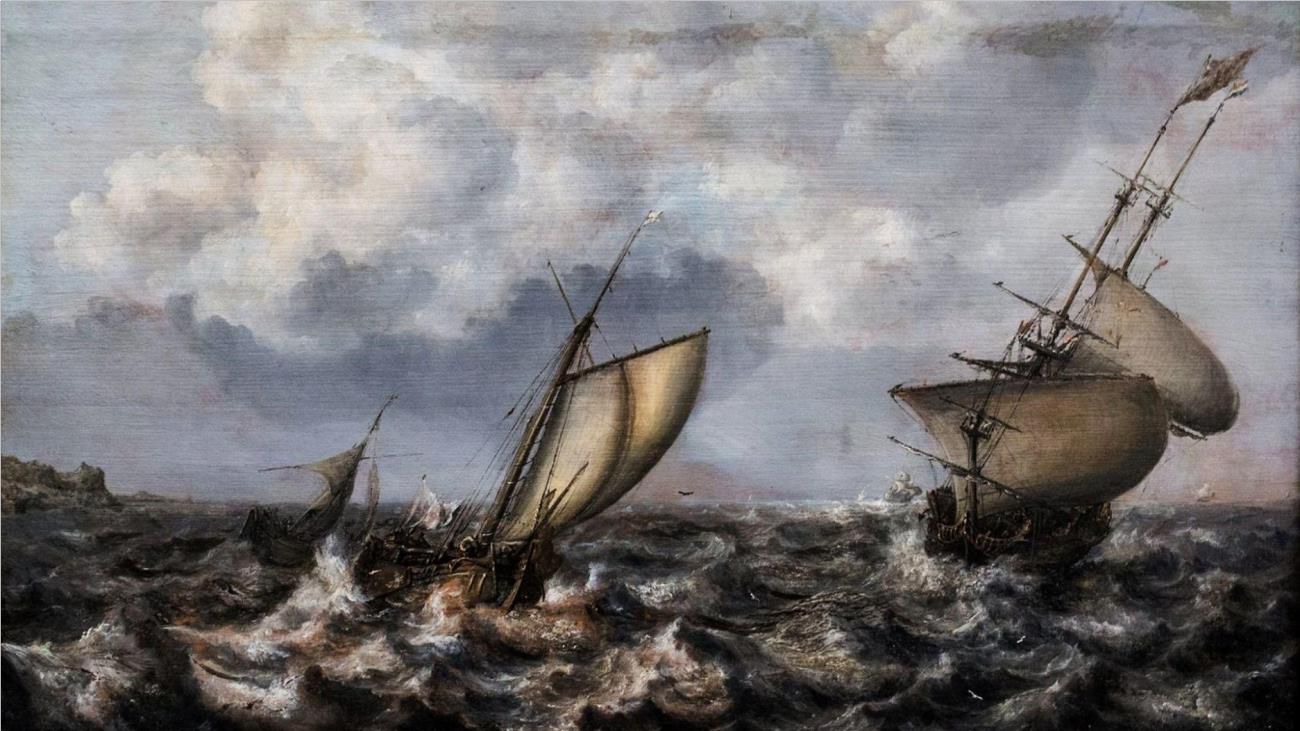
Source: Public Domain/Wikimedia Commons
The ship was wrecked and hit the ocean floor about 30 to 70 miles off of the coast of Key West, Florida. Eight other ships were a part of this fleet. All eight sunk in the same area after this hurricane.
The Only Survivors
After this first hurricane hit, some ship passengers managed to survive. Two sailors and three slaves clung to a piece of the ship that remained above water. These five were the only survivors of the more than 200 on board.

Source: Europeana/Unsplash
When rescuers arrived at the site, they tried to get into the hulk, which was under the water. However, they could not open up this part of the ship, as the hatches could not be moved.
A Second Hurricane
Even though this first wave of rescuers did try to salvage some of the cargo, they were not successful. Instead, they reported where the shipwreck occurred and moved to some of the other ships to save the cargo.
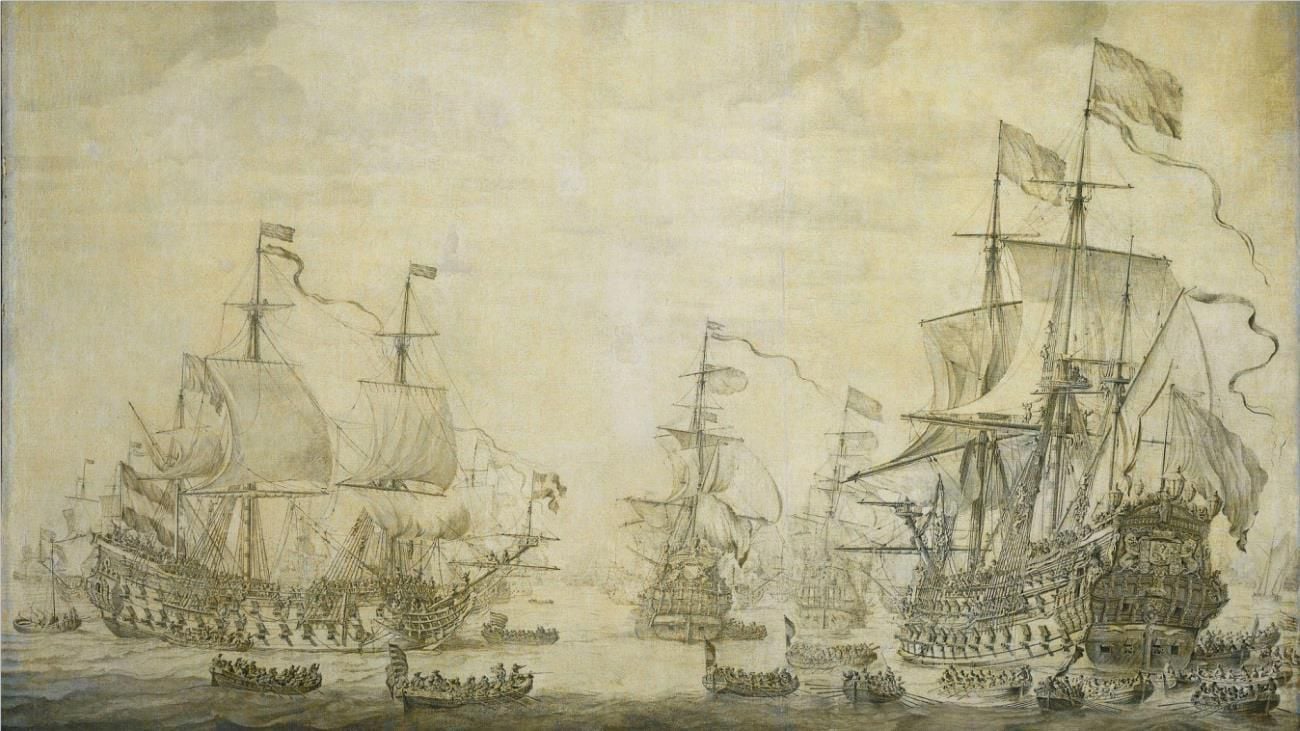
Source: Public Domain/Wikimedia Commons
By the time a second hurricane hit the area, the ships a part of the fleet were completely destroyed. The Nuestra Señora de Atocha was further ruined and lost to the ocean.
The Search for Treasure Begins
Immediately, the search for this shipwreck — and the various treasures that it held — began. For the next 60 years, the Spanish tried to search for all of this lost treasure. However, they were never successful.
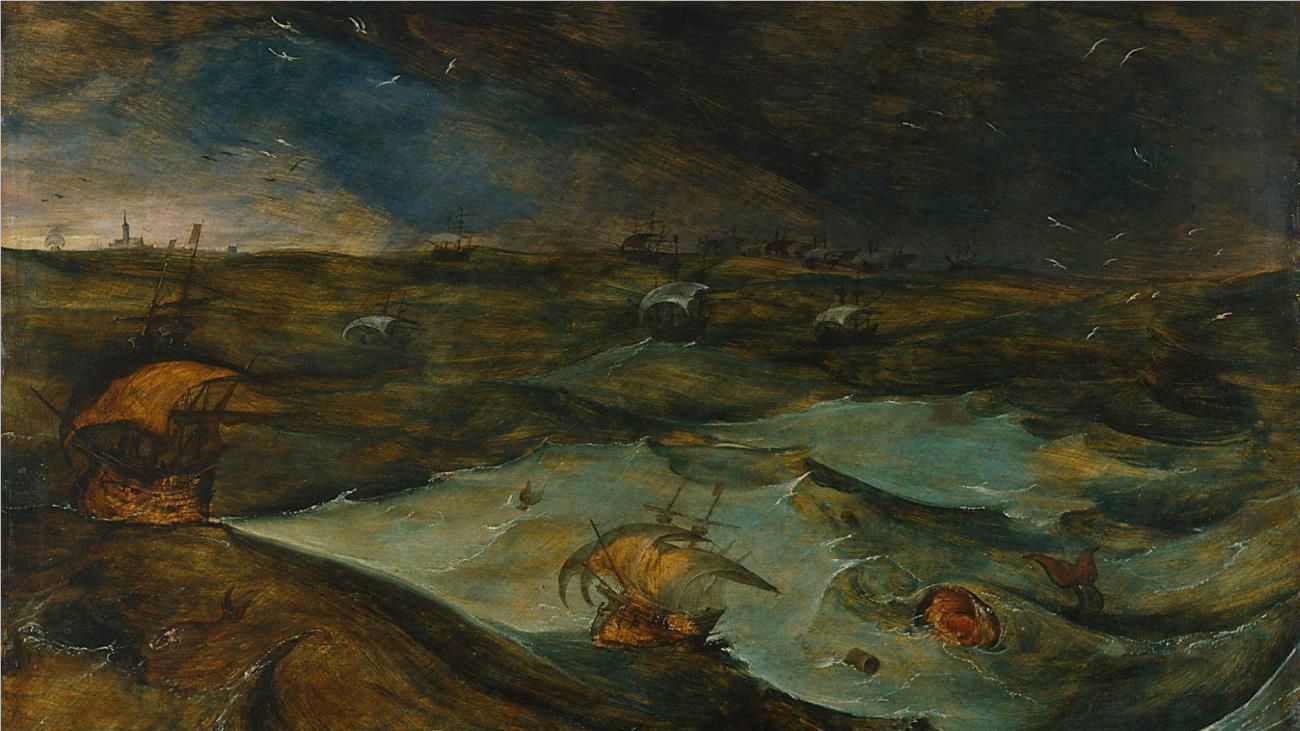
Source: Public Domain/Wikimedia Commons
For hundreds of years, nobody was able to find any of the reported treasures that were on this ship.
A Modern-Day Discovery
Things would change in the modern era when treasure hunter Mel Fisher entered the scene. Fisher began his search for the shipwreck in 1969. Though he found some small cargo items throughout his search, he didn’t discover the Nuestra Señora de Atocha shipwreck until 1985.
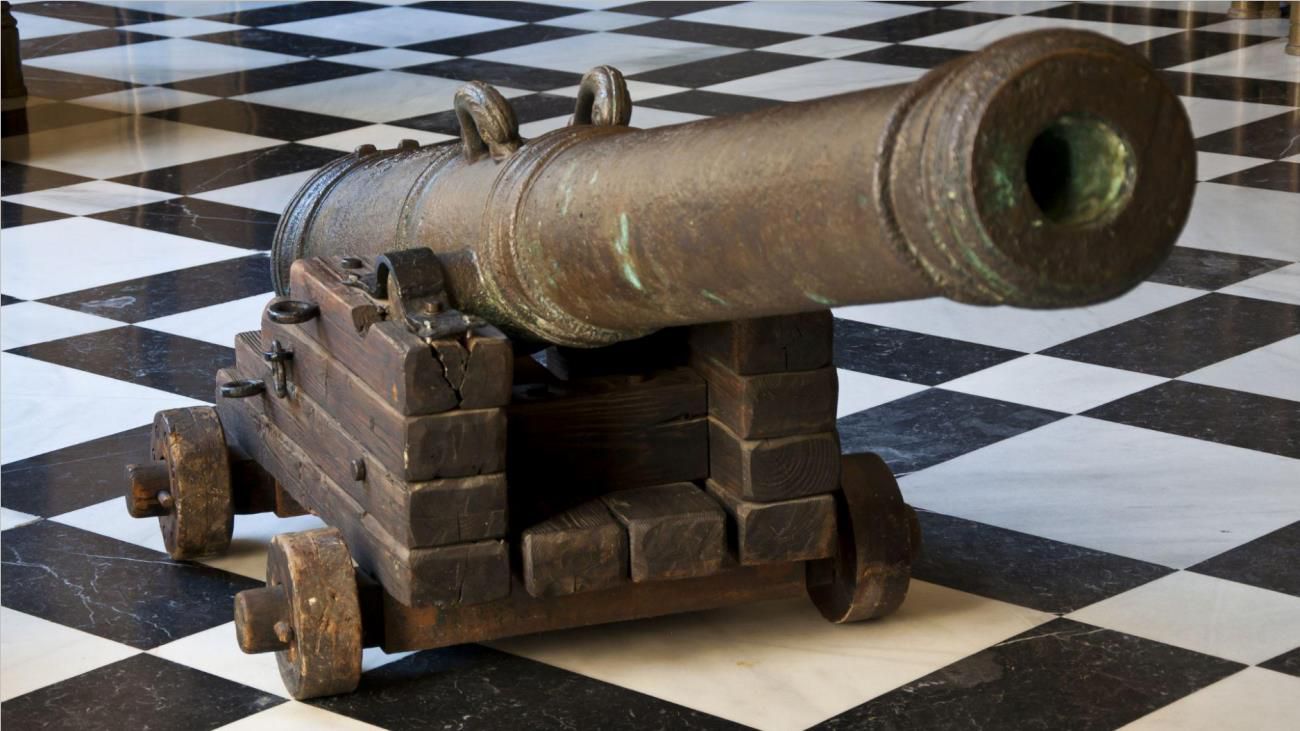
Source: Paul Hermans/Wikimedia Commons
Upon discovering this shipwreck, Fisher also found a lot of the treasured cargo. Though jewels were discovered, he also found historical items, such as 20 bronze cannons.
Fisher’s Difficult Journey
Throughout the decades Fisher searched for the shipwreck, he faced a lot of difficulties. He lost three members of his crew, including a diver, his wife, and his son. These crew members lost their lives when they were looking for the shipwreck and their boat capsized.

Source: Pavel Reyes Valdes/Unsplash
Though Fisher admitted he was shaken by these tragedies, he refused to give up on his search. Eventually, he finally found what no one else could.
Where the Artifacts Went
Upon discovering the ship’s valuable cargo, Fisher auctioned off some of the items. However, he also kept some and displayed the treasures at the Mel Fisher Maritime Museum, which is located in Key West.
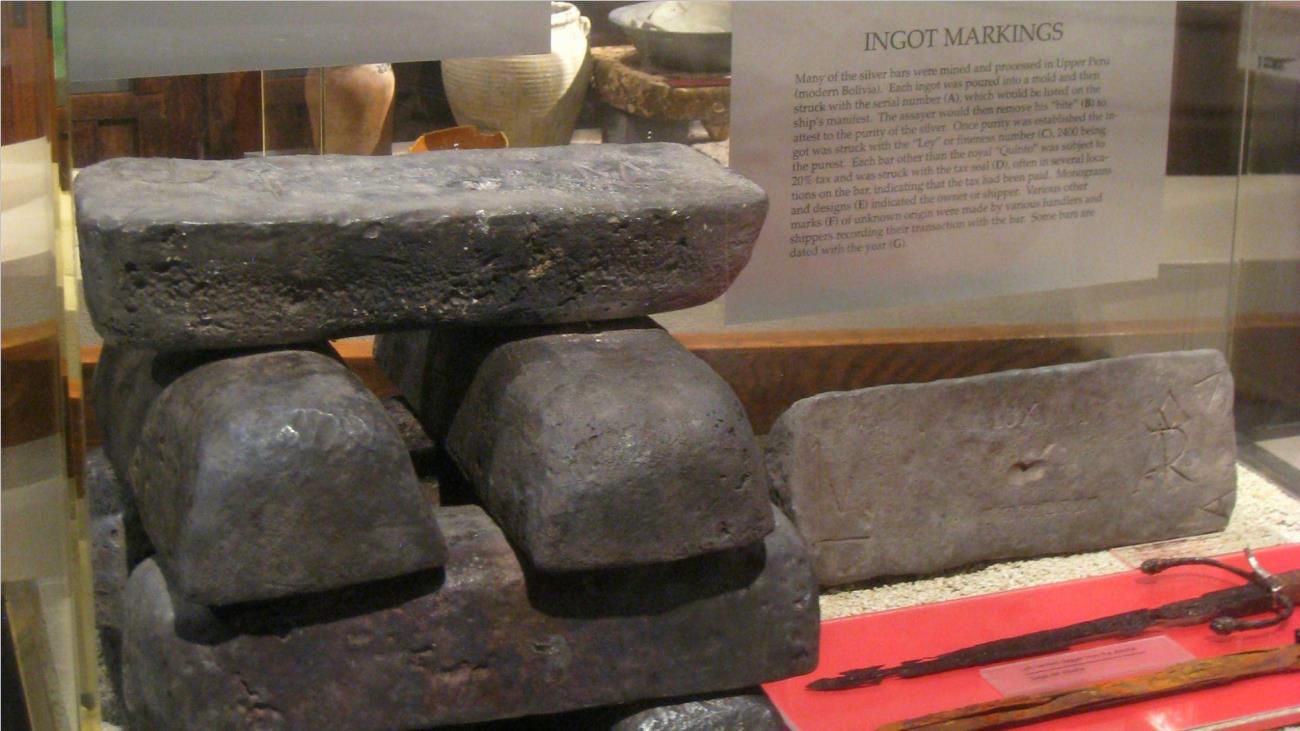
Source: Public Domain/Wikimedia Commons
In 2015, however, much of the found cargo was auctioned off. Some of these auctions had undisclosed prices, so it isn’t known how much was paid for them.
The Three Most Valuable Items
Of the found cargo, three items stood out almost immediately to buyers: The Atocha Ring, The Atocha Cross, and The Royal Orb.

Source: Public Domain/Wikimedia Commons
These items were all in nearly perfect condition when discovered. As a result, they remain incredibly valuable. In 2015, these three items were also auctioned off. All three items were purchased by the current Colombian Muzo emerald mine owners.
Treasures to Be Displayed Publicly
The Muzo mine originally kept these valuables in their private collection. However, now, they have agreed to show these items at The Winter Show at the Park Avenue Armory.
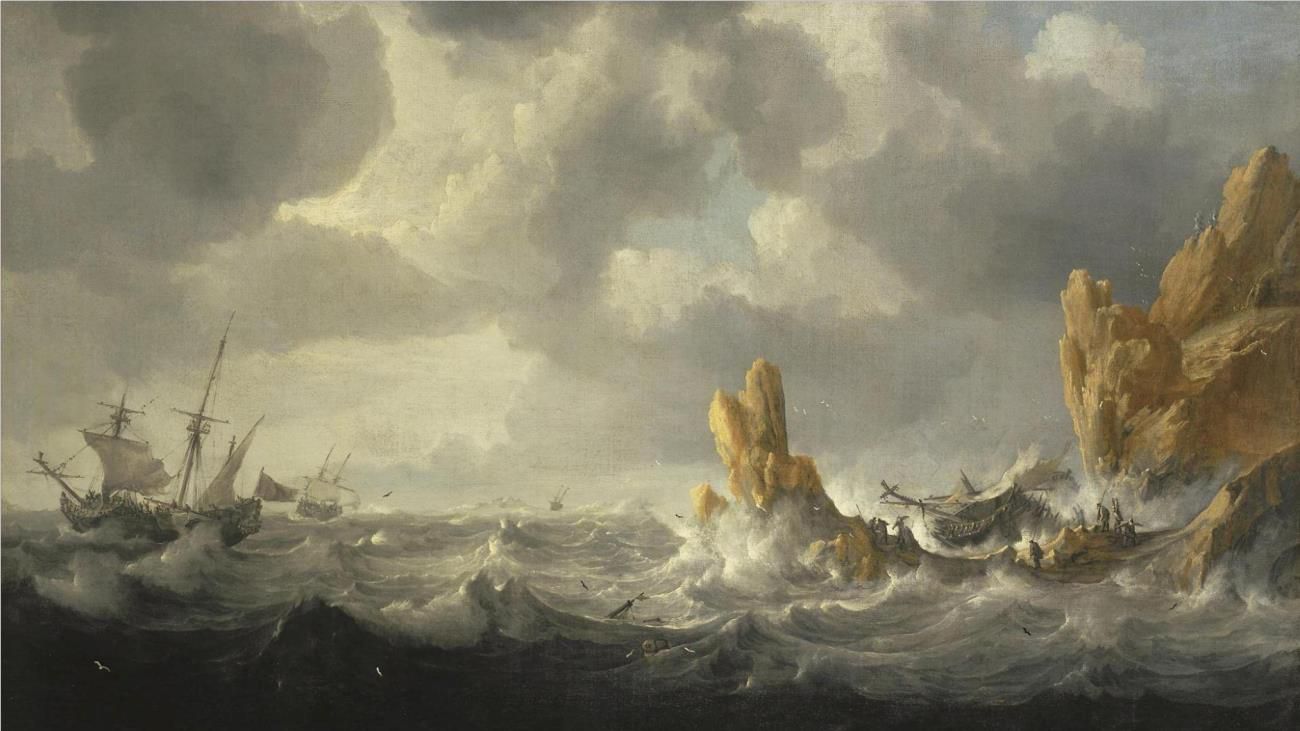
Source: Public Domain/Wikimedia Commons
These three treasures from 1622 will be displayed until January 28. As they remain some of the most valuable treasures in the best condition from the Atocha shipwreck, many experts say they are worth a look.
